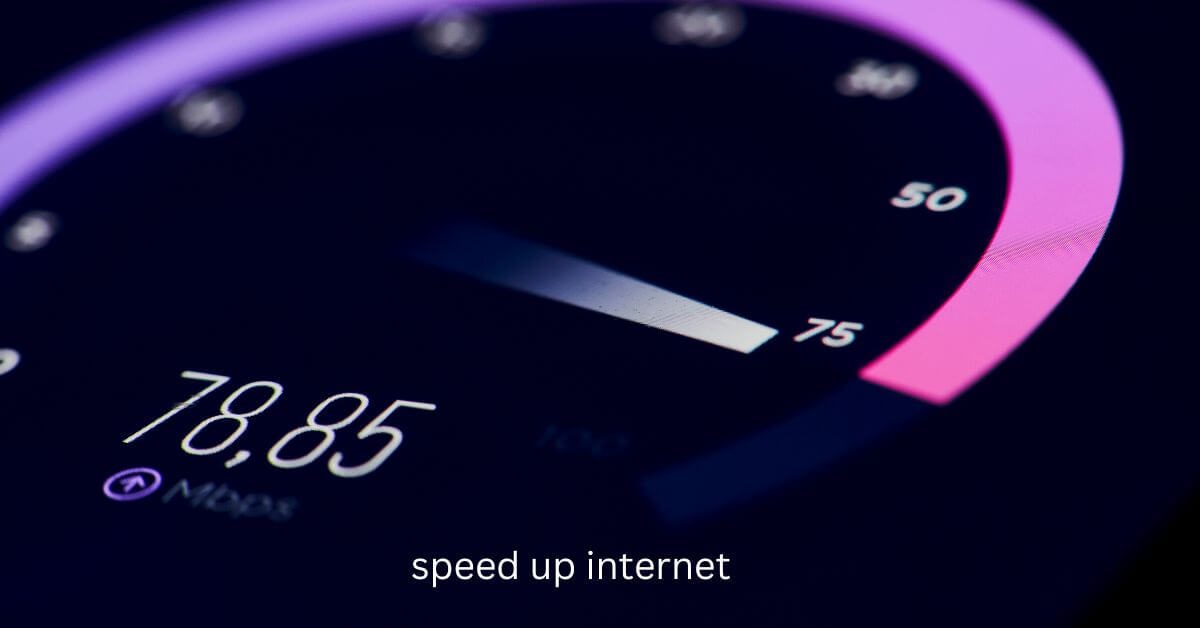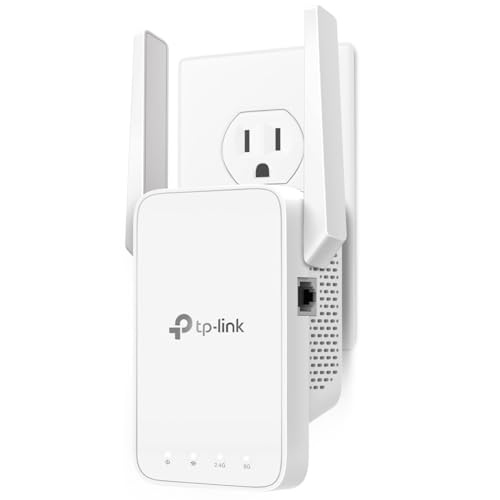If you want to increase your WiFi speed, there are a few things you can do in your router settings. By changing a few simple settings, you can significantly improve your WiFi speed and performance. Here’s how to increase WiFi speed in router settings:
1. Change the channel: One way to increase WiFi speed is to change the channel that your router is broadcasting on. If there are a lot of other devices on the same channel as your router, it can cause interference and slow down your connection.
To change the channel, log into your router’s web interface and look for the “Wireless” or “WiFi” section. You should see an option to change the channel. Select a different channel and save your changes.
2. Update the firmware: Another way to improve WiFi performance is by updating your router’s firmware. Firmware updates often include improvements for connectivity and performance. To update your firmware, log into your router’s web interface and look for the “Firmware” or “Update” section. Follow the instructions on how to update your firmware and be sure to select the right file for your specific model of router.
3 .
- Log into your router’s settings page
- This can usually be done by typing 192
- 1 into your browser’s address bar and hitting Enter
- Find the section labeled “Wireless” or “Wi-Fi
- Look for a setting called “Channel” or “Channel Width
- ” If you see both, choose the one that offers more channels (typically 20 or 40)
- Change the channel to something different than what it is currently set to (try 1, 6, or 11)
- If you’re not sure which channels are available in your area, you can use a tool like WiFi Analyzer for Android or inSSIDer for Windows to scan your area and see which channels are being used the least
- Save your changes and restart your router if necessary
If you are looking to get the fastest possible WiFi speed from your router, there are a few things you can do. First, make sure that your router is running the latest firmware. Many routers will automatically check for updates and install them, but it’s worth checking manually to be sure.
If your router is more than a few years old, it may not be able to take advantage of the latest WiFi technology, so consider upgrading to a newer model. Second, position your router in a central location in your home or office. The further away from your devices you are, the weaker the signal will be and the slower your speeds will be.
If possible, put it up high on a shelf or mount it on the wall to get it closer to where you’ll be using it most. Third, make sure there aren’t any obstacles between your devices and the router that could weaken or block the signal. This includes walls, doors, furniture, appliances and anything else that might come between them.
If necessary, move these items out of the way or try repositioning the router itself until you get a stronger signal. Fourth, if you have multiple devices connected to your WiFi network at once (such as computers, smartphones and tablets), they may all be competing for bandwidth which can slow down everyone’s connection speeds. To fix this issue, try connecting each device to its own dedicated 5GHz band if available on your router (most dual-band routers have this feature).
Otherwise connect some devices via Ethernet cable instead of WiFi if possible – this will free up more bandwidth for other devices on your network.
What are Some Ways to Improve WiFi Speed
There are a number of ways you can improve your WiFi speed. Here are some tips:
1. Check your router’s settings and make sure it is configured for optimal performance.
2. Make sure that your router is placed in an ideal location – away from interference from walls, metal objects, and electronic devices.
3. Use a WiFi repeater or range extender to extend the reach of your WiFi signal.
4. Upgrade to a faster internet package if possible.
Why is My WiFi Connection Slow
There are a number of factors that can contribute to a slow WiFi connection. Here are some of the most common: 1. The distance between your router and device: If you have a large home or office, the distance between your router and your devices can impact the speeds you experience.
The further away you are, the slower your connection will be. 2. Interference from other devices: If there are other devices in your home or office that are using the same frequency as your WiFi network (such as baby monitors, microwaves, or cordless phones), they can cause interference and slow down your connection. 3. Outdated hardware: Both your router and devices need to be up-to-date in order for you to have fast speeds.
If you’re using an old router, it may not be able to handle the demands of today’s internet usage. Similarly, if your devices are outdated (e.g., an old laptop), they may not be able to take advantage of faster speeds even if you have a new router. 4. Incorrectly configured settings: Your WiFi connection can also be impacted by how it’s configured.
For example, if you’re using an older wireless standard (802.11g instead of 802.11ac), this can limit speeds since newer standards offer greater speed capabilities. Or, if you have multiple devices connected to one single port on your router (known as daisy chaining), this too can slows things down since each device has to share bandwidth with all the others on that port .
How Can I Troubleshoot a Slow WiFi Connection
There are a few things you can do to troubleshoot a slow WiFi connection. First, check the speed of your internet connection. If you’re subscribed to a high-speed internet package but your speeds are lower than what you’re paying for, then you may need to contact your ISP to see if there’s an issue with your service.
Next, check the number of devices that are connected to your WiFi network. Too many devices can bog down your network and slow down speeds for everyone. If possible, disconnect any devices that aren’t being used or needed on the network.
Finally, check for interference from other electronic devices. Things like microwaves and cordless phones can cause interference with WiFi signals and slow down speeds. If you suspect interference is the issue, try moving your router to a different location in your home or office.
Final Thoughts
Are you tired of waiting for pages to load or videos to buffer? If your home wifi is slow, there are a few things you can do to increase the speed. Check out this blog post for tips on how to increase wifi speed in router settings. Already we have discussed many things. Finally again see the summarize.
First, try changing the channel that your router is using. You can usually find this setting in the router’s web interface. To find the best channel for your router, use a free tool like WiFi Analyzer for Android or Inssider for Windows.
Once you have found the best channel, save your changes and reboot your router. Next, check your router’s antennae. If they are old or damaged, they could be affecting your signal strength.
Replacing them with new ones should help improve your speeds. Finally, make sure that you are using the latest firmware for your router. Outdated firmware can cause all sorts of problems, including slow speeds.
You can usually find updates on the manufacturer’s website; just download and install them according to their instructions.



Leave a Reply
You must be logged in to post a comment.